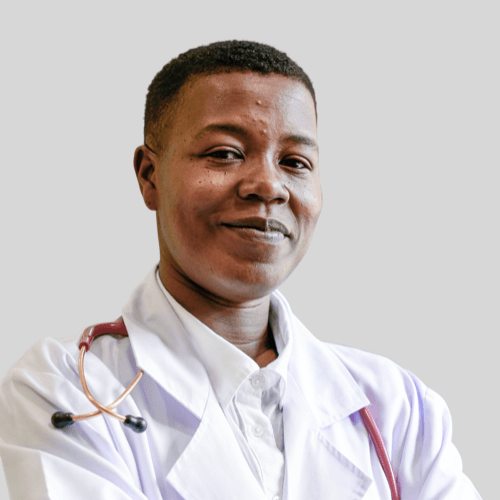
Skip The Waiting Room!
Register Online Before You Arrive.
We have up to date schedules, contact information, & let you book appointments online.
Message Us Before You Visit
Click below to share your contact details, purpose of visit, and any ailments so we can provide you with the right treatment.
Spine diseases include a range of conditions that affect the vertebrae, intervertebral discs, nerves, and surroundinag tissues. These conditions can cause significant pain, limit mobility, and impact overall quality of life. Common spine diseases include herniated discs, spinal stenosis, degenerative disc disease, and infections.
Common Spine Diseases
- Herniated Discs: This disease occurs when the soft inner gel of a disc leaks out through a tear in the outer layer, compressing nearby nerves. Symptoms include back pain, sciatica, and numbness or weakness in the limbs.
- Spinal Stenosis: Characterized by the narrowing of the spinal canal, which puts pressure on the spinal cord and nerves. This condition often leads to pain, cramping, and numbness, particularly in the legs.
- Spinal infections: Infections such as osteomyelitis and discitis, occur when bacteria or fungi infect the spinal bones or discs. Symptoms include severe back pain, fever, and neurological deficits.
- Spinal trauma: It results from accidents or injuries that damage the vertebrae, discs, or spinal cord. This can lead to pain, paralysis, or loss of function.
- Spinal tumours: They can be benign or malignant growths in or around the spinal cord. They cause pain, neurological symptoms, and structural deformities.
- Spinal deformities: Deformities such as scoliosis, kyphosis, and lordosis, involve abnormal curvatures of the spine. These conditions can cause pain, impaired movement, and respiratory issues.
Treatment Options
- Conservative Treatments: Most spine diseases can initially be managed with non-surgical approaches. These include physical therapy to strengthen the muscles supporting the spine, medications to reduce pain and inflammation, and lifestyle modifications like weight management and posture improvement.
- Minimally Invasive Procedures: For cases where conservative treatments fail, minimally invasive procedures such as epidural steroid injections, nerve blocks, and radiofrequency ablation can provide relief. These techniques target pain at its source with minimal disruption to surrounding tissues.
- Surgical Interventions: When non-surgical methods are insufficient, surgery may be necessary. Common procedures include discectomy (removal of herniated disc material), laminectomy (removal of part of the vertebra to relieve pressure), and spinal fusion (joining two or more vertebrae to stabilize the spine).
Lorem ipsum dolor sit amet, consectetur adipiscing elit. Ut elit tellus, luctus nec ullamcorper mattis, pulvinar dapibus leo.
Lorem ipsum dolor sit amet, consectetur adipiscing elit. Ut elit tellus, luctus nec ullamcorper mattis, pulvinar dapibus leo.
Lorem ipsum dolor sit amet, consectetur adipiscing elit. Ut elit tellus, luctus nec ullamcorper mattis, pulvinar dapibus leo.
Lorem ipsum dolor sit amet, consectetur adipiscing elit. Ut elit tellus, luctus nec ullamcorper mattis, pulvinar dapibus leo.
Lorem ipsum dolor sit amet, consectetur adipiscing elit. Ut elit tellus, luctus nec ullamcorper mattis, pulvinar dapibus leo.
Here are industry experts who can help you
Need some advice from our experts?
Request a Call Back Today Now!
Don’t wait – schedule an appointment today and Take control of your well-being and explore your treatment options – a healthier, happier you awaits.






